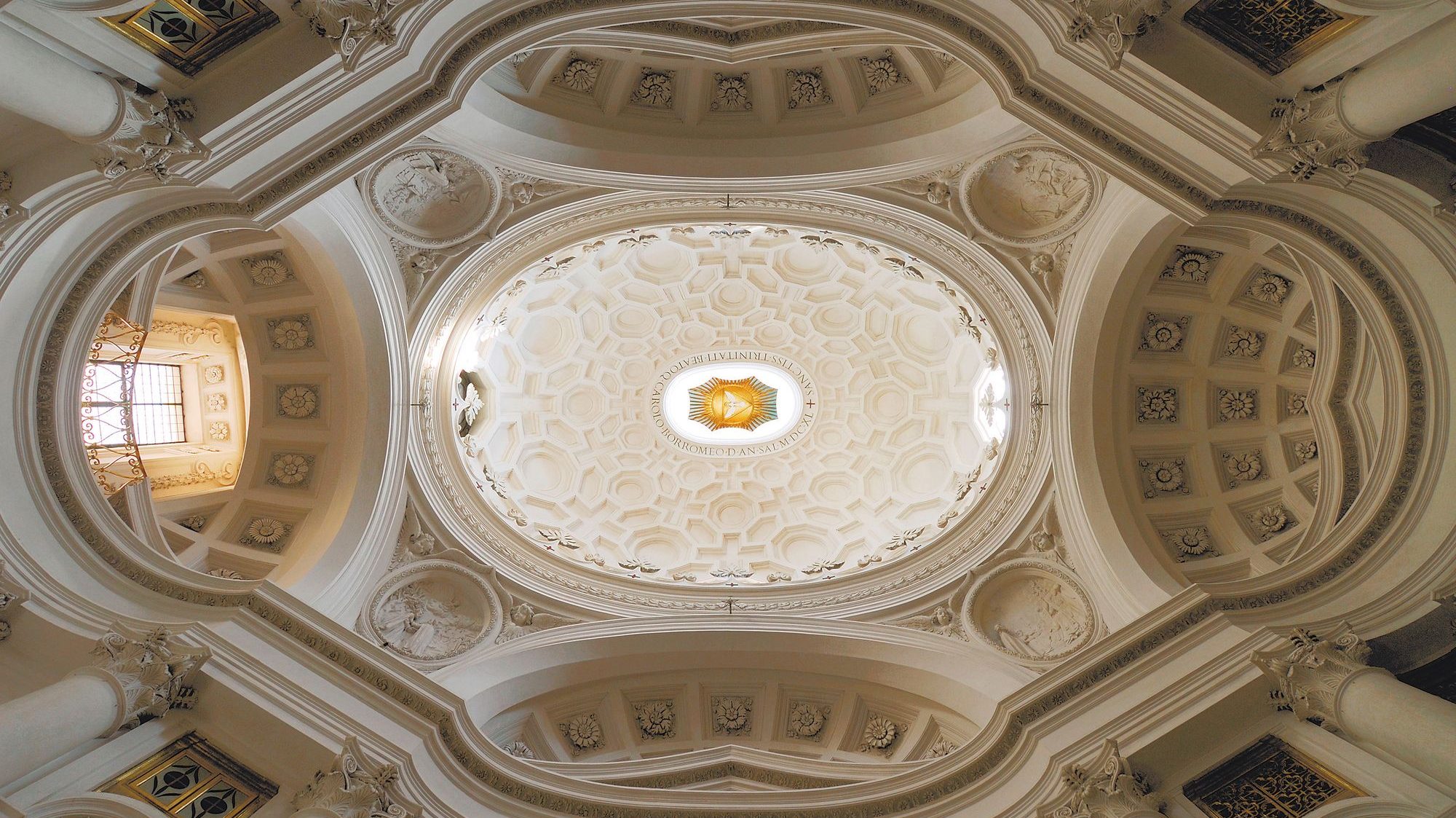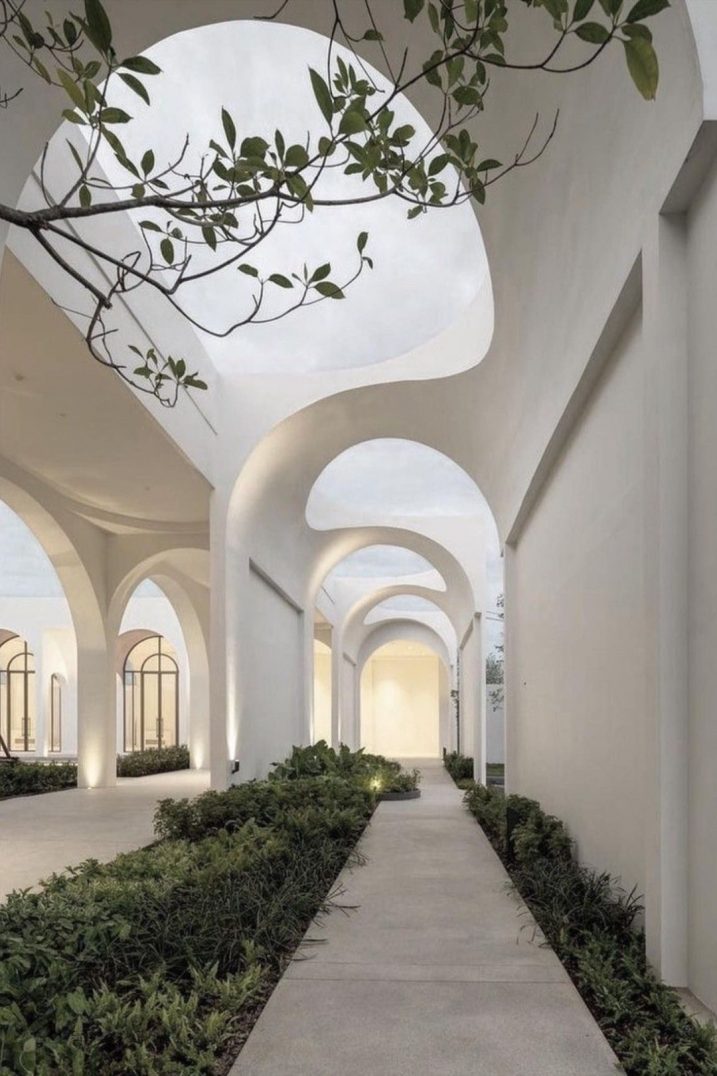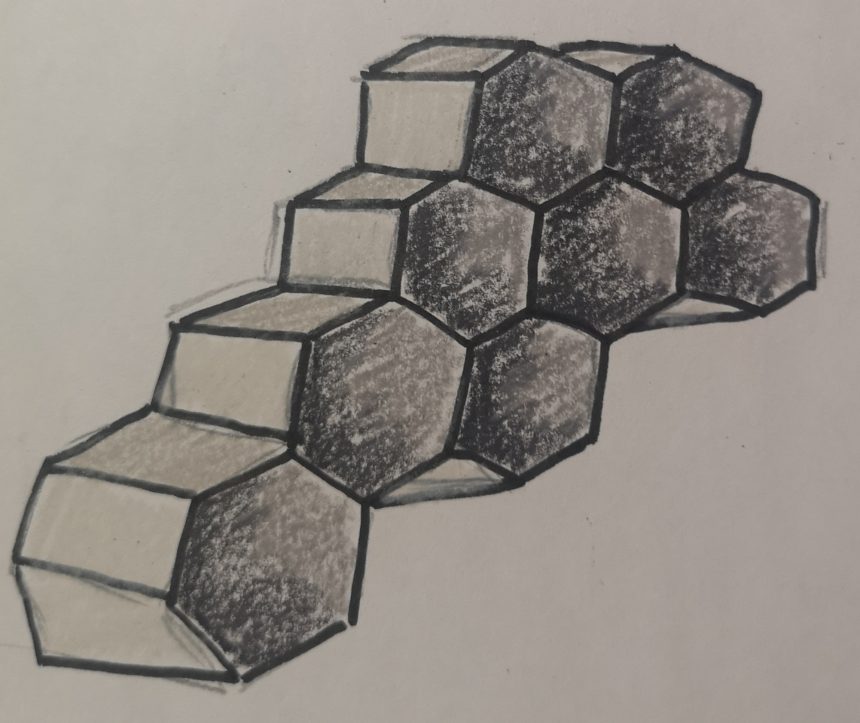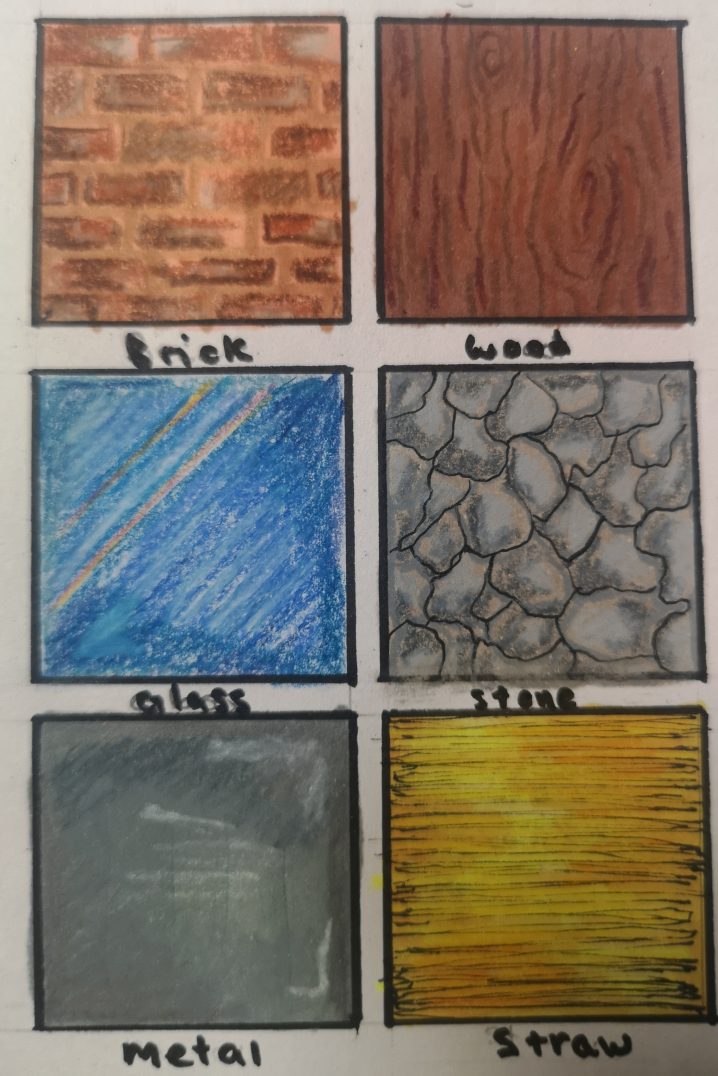U5- The experience of architecture. Basic concepts.
PLACE
The Genius LOGI is the set of elements that characterize and identify a place. It can have to do with the physical social aspects, cultural aspects…
contrast

the relation with the place is of abstraction Architecture dominates the landscape.
camuflage
the relation with the place is of extreme integration, of mimesis

organicism
is a nod to the place and integration is done by reinterpreting its elements.
contextualism
has to do with the meaning expressed by the building.
SPACE
The objective of architecture is divided into two parts the creation of space and the creation of the limits of that space. (Alois Riegl)
For Loos, the outside is the result of what happens inside.
Architecture is the studied construction of spaces. The continuous renovation of the architecture comes from the evolution of the concepts of space. (Louis Kahn)
classic space
The CLASSIC space is closed and compact.

In the RENAISSANCE as well as being a closed space, inheriting the characteristics of the classical space, it is centralized, with at least one axis of symmetry. In BAROQUE follow the classical heritage and experiment with centralized spaces with tension.
Uniform spaces
These are abstract, rational, perceived spaces: they do not exist until they are lived.
The Modern Movement breaks the compact space, breaks the «box”, and lets the space flow:
- The space of modernity: Raumplan,
- The wrightian fluid space.
- The universal Miesian space.
- Double height spaces of Le Corbusier

contemporary space
The first defining feature of the proposal is the total and absolute confusion of the public space with the space of relation. The entire building space is unique and continuous.
The concept of free section consists of ending the tyranny of the horizontal plane, deforming it, twisting it… Before the section was worked but without losing the horizontality
FUNCTION
The concept of function associated to the architecture has always existed evidence of it is the Utilitas of Vitruvio. Function is not the main problem of architecture. You must ask yourself WHAT you have to build to satisfy a function.
mechanical functionalism
Form is a direct and mechanical consequence of the functions to which it is linked. Beauty came automatically from the most perfect mechanical efficiency and not from a deliberate search for beauty.
organic functionalism
The form takes on a biological sense and adapts itself to the living functions which must be carried out in the environment, adapted to human activities.
- That which develops from within to outside in harmony with human activities.
- That which relates to the place as if it was born from there
moralistic functionalism
Utility exists for an end. It comes from the classical aesthetic, which argued that, when it is useful and suitable to its end. BEAUTY and UTILITY are so close that they become confused. Beauty means precisely to make visible its UTILITY, WHAT IT SERVES.
FORM
Way of being distributed the matter of a body. Arrangement of the parts of a whole according to certain relationships. In opposition to the rear, appearance of a thing: what is seen of it with the senses.

- Rhythm: There are many options with rhythm in the architecture visible in plan, elevations, and sections, by separating windows in the wall…
- Axis: linear element that marks a direction and distributes the space around it.
- Symmetry: regular arrangements of parts or points of a body in relation to a centre, axle, or plan.
- Hierarchy: relationship of supremacy of an element over others based on an established approach.

- Module: a unitary element which serves as a proportional unit and which is repeated on the same scale.
- Grid: composition based on a grid of axes serving as a guide
- Movements: the irregularity of the forms and the variants of the order inspire the idea of movements, of displacements

- Unit: the relationship of the parts to the whole so that nothing should be removed.
- Centrality: Organization of space around a centre that creates attraction towards it. The centre is not necessarily the geometric centre nor a physical point, but it is the focal centre.
- Balancing: Complementary relationship between the elements of a composition. If the elements are equal and symmetrical, we speak about static equilibrium, if they are compensated by geometric difference, colour, …

- Limit: It is the edge of the elements of the composition where there is a change from the rest.
- Light: «Architecture is the learned game; correct and magnificent of forms assembled in the light. Our eyes are made to see the forms under the light: the shadows and the clearings reveal the forms…» (Le Corbusier)
- Contrast: Opposition or remarkable difference between elements to produce a dynamic effect on the composition.
- Colour: Chromatic manifestation of the elements to be used.
- Texture: Surface finishing of the elements involved in the final perception of architecture.

- Proportion: Harmonic relation of dimensions according to certain geometric rules.
- Scale: Relation between the size of the building and the size of the human being.
MATERIAL AND STRUCTURE
«In architecture there are two ways to be truthful: in terms of the program and in terms of construction. (…) To be truthful in the construction techniques is to use the materials according to their qualities and properties. What is regarded as purely artistic issues, for example symmetry, are only secondary concerns in the face of these dominant principles.» –(Viollet-Le-Duc)
material
According to Semper, in the process of technological evolution, materials and technology are replaced by new ones, but the shapes remain alive and active.

technology
Extraordinary availability of material means and manpower, largely non-specialized. The arch and value are the main elements for coverage and the walls are the basic supports. The basic material for Roman construction is lime concrete used with formworks or as a filling between two external layers of brick masonry or small pieces of carved stone. The resistance is sufficient and all that is required for the stability of the building is that the supports are thick and solid enough to withstand without deforming with the weight and forces of the vaults.
The Romanesque construction creates the food with barrel vaults forced by arches. These arches are placed underneath the vaults, rest on the pillars that separate the central Ave from the sides and act as permanent formwork which are able to adapt being made with a small piece, to see deformation they may experience.
Barrel vault are replaced by groin vaults, which represent a new covering system that does not depend on the rigidity of the wall because the forces are directly transmitted to the pillars through the combined action of the arches.
The construction resulting from these innovations is a construction with clearly lead bearing parts and others that start to be simple enclosures. Gothic architecture ends up definitively solving the problem thanks to:
- the pointed arch
- the rib vaults
- the buttress
- the flying buttress
- the pinnacles
